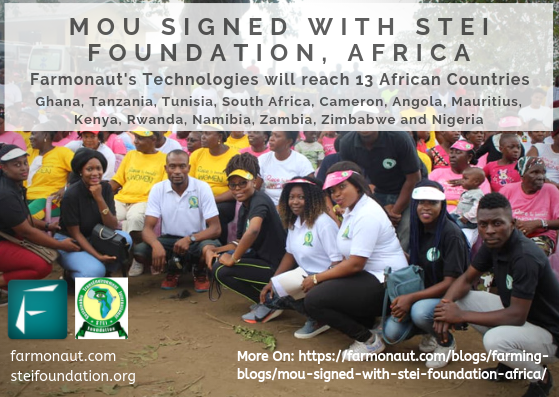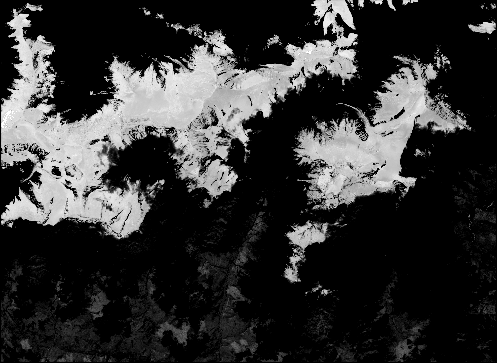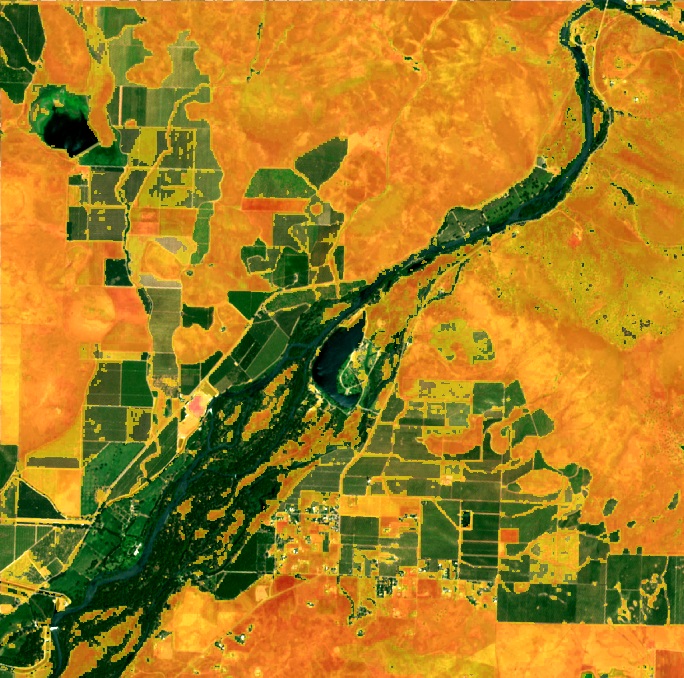MoU Signed With STEI Foundation Africa
We are delighted to announce that we have signed a two-year MoU with STEI Foundation, Africa. STEi Foundation ( Sustainable TransEnvironment International Foundation) was established in 2017 to contribute to greening the environment and empowering the women and young people in rural Africa and currently has a representation in Thirteen (13) African Countries, namely: Ghana, Tanzania, Tunisia, South Africa, Cameron, Angola, Mauritius, Kenya, Rwanda, Namibia, Zambia, Zimbabwe and Nigeria.



